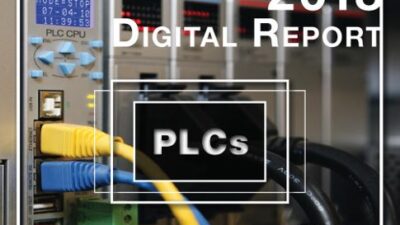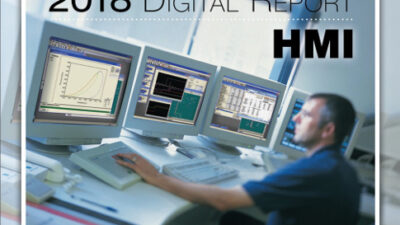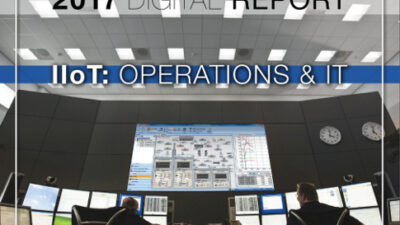Reducing operator errors and training requirements are among reasons ISA, the Instrumentation, Systems, and Automation Society, has formed a new standards development committee on human-machine interface (HMI).
Reducing operator errors and training requirements are among reasons ISA, the Instrumentation, Systems, and Automation Society , has formed a new standards development committee on human-machine interface (HMI). The committee is seeking input and participation as it establishes a scope and plan of action. ISA-SP101 was formed from input from users across industry saying that HMI guidelines and standards would provide multiple benefits. Those benefits identified by ISA include:
-
Reducing operator mistakes and misinterpretations via clear and intuitive representations of conditions and operator control interfaces;
-
Reducing learning curves for new operators, and allowing operators to move from one system to another (often within the same plant) with minimal retraining;
-
Assisting communications and reducing errors between geographically dispersed groups;
-
Reducing costs of re-invention;
-
Reducing rework because differences in design philosophies could be resolved up front; and
-
Enabling applications to be developed using HMI features that will be supported in future systems and HMI upgrades.
The HMI standards project intends to cover all sectors of process and discrete manufacturing. “Great care must be used in developing HMI standards to avoid being industry specific,” says Douglas Peck, P.E., project engineer with Middough Consulting Inc., who has volunteered to serve on ISA-SP101. “You do not want to develop a standard that is embraced by the process industries, for example, but totally rejected by the manufacturing industries.”
Initially, the committee’s work will focus on menu hierarchies, screen navigation conventions, graphics and color standards, dynamic elements, alarming conventions, security methods and electronic signature attributes, interfaces with background programming and historical databases, popup conventions, help screens and methods used to work with alarms, and program object interfaces. Configuration interfaces to databases, servers, OLE servers, and networks may also be included.
Anyone wishing to participate or provide input should email Charley Robinson, ISA Standards, [email protected] .
—Jeanine Katzel, senior editor, Control Engineering, [email protected]


